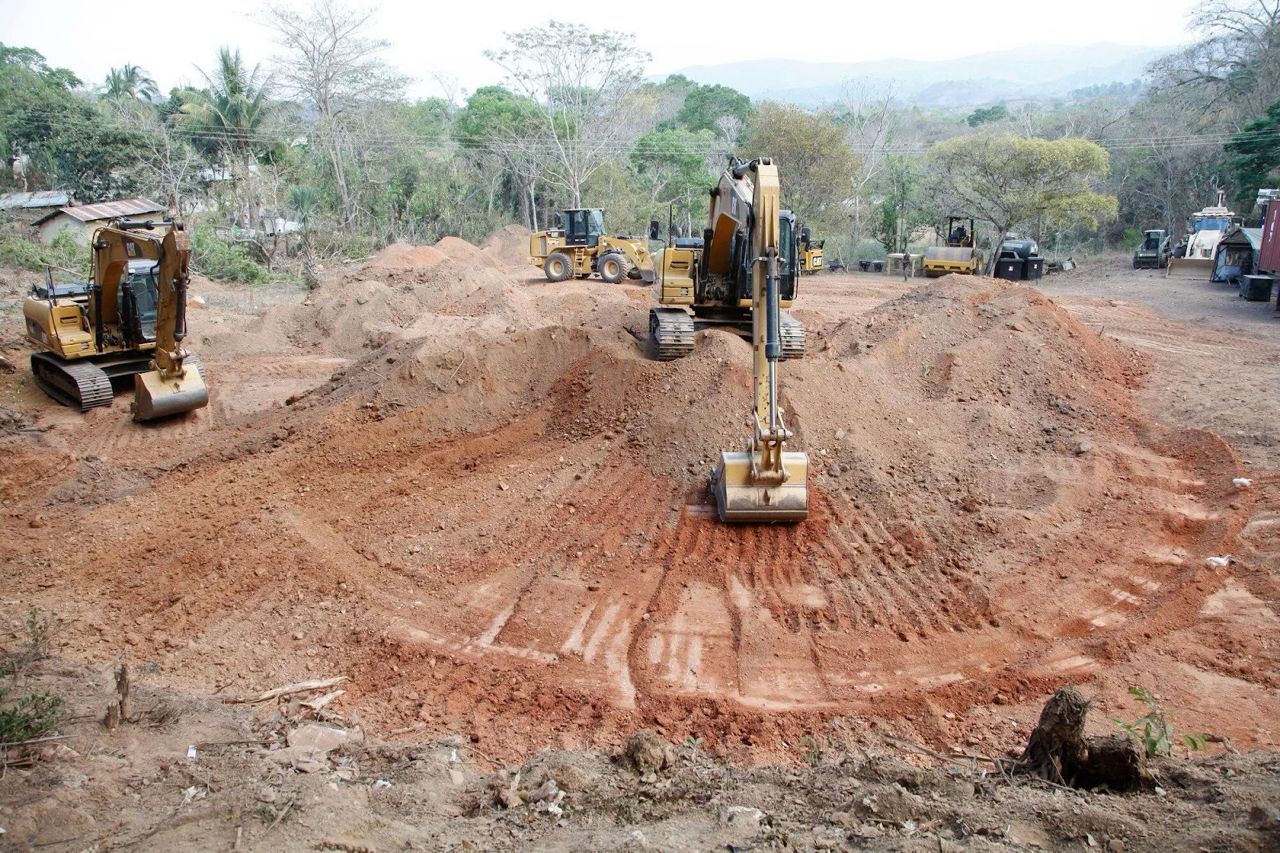

A Discourse on Galamsey and Its Impact on Climate and Environment
Prologue
Recently, my colleagues, Samuel, Portia, and I have been discussing the effects of illegal mining, or galamsey in Ghana, on the environment. We work in the western region of Ghana, where galamsey is widespread, and its impact is undeniable—from polluted rivers to degraded farmlands. As concerned citizens, we explored potential solutions, we also reflected on the broader global consequences, particularly how galamsey is undermining the Sustainable Development Goals (SDGs).

Dialogue
Isaac: Pollution in our rivers keeps getting worse. Rivers, like Pra and Ankobra, which used to provide clean drinking water, are now toxic, affecting many communities around here.
Samuel: I agree. It’s not just the locals who are being affected, though. When the rivers get polluted with toxic chemicals like mercury and cyanide, the pollutants enter the sea and disrupt marine ecosystems. This directly violates SDG 6—Clean Water and Sanitation. These rivers are essential water sources for drinking and farming, but now they're contaminated beyond repair(Ghana News Agency).
Portia: And because of that, SDG 2—Zero Hunger—is being compromised. The farmlands have become barren due to land degradation caused by galamsey. With the destruction of fertile land, food production decreases, leading to food insecurity in our communities. It’s tragic how the short-term profits from mining cost us long-term sustainability.
Isaac: Exactly. It also impacts SDG 13—Climate Action. Galamsey contributes significantly to deforestation and soil erosion. When forests are cleared for mining, climate change accelerates by reducing carbon sequestration and disrupting the local climate balance. The land becomes more prone to floods and droughts(MyJoyOnline).
Samuel: Don't forget SDG 15—Life on Land. The loss of biodiversity due to deforestation is severe. Many plant and animal species that thrive in these ecosystems are at risk. It’s not just about the trees; it's about the entire ecosystem being wiped out.
Portia: The health of the people is also a huge concern. When people ingest chemicals from polluted water or contaminated food, it leads to long-term health issues. This is why education and awareness are critical in helping people understand the consequences of these mining activities.
Isaac: So, how do we tackle this? We’ve talked about law enforcement, alternative employment, and education. However, we need strict regulations on mining and better enforcement of existing laws. The government should hold miners accountable for the damage they cause.
Samuel: Indeed, addressing illegal mining requires more than just enforcement measures. To effectively combat galamsey, we must tackle the root cause poverty. Without viable alternatives, individuals will continue to rely on illegal mining for survival. Therefore, a sustainable solution lies in providing alternative livelihoods that offer long-term economic stability. By creating job opportunities in industries like sustainable agriculture, renewable energy, or eco-tourism, we can give communities the means to earn a living while preserving the environment. Investing in skills development, capacity-building programs, and access to resources will empower people to pursue sustainable careers, reducing the reliance on destructive mining practices.
Portia: Education is key here as well. If people are more informed about the long-term damage caused by galamsey, they might be more inclined to support environmental preservation. It’s about creating a culture of sustainability, not just relying on the government to fix the problem.
Isaac: And we need to involve the local chiefs and communities. They have influence and can help monitor illegal activities and advocate for better practices. Galamsey is a national crisis, and every part of society needs to be involved in solving it.

Epilogue
The conversation around galamsey shows the severe impact it has on the environment and how it undermines the achievement of several Sustainable Development Goals—compromising access to clean water (SDG 6), food security (SDG 2), climate action (SDG 13), and life on land (SDG 15). Tackling this issue requires an integrated approach that includes law enforcement, alternative livelihoods, and widespread education. The future of our environment and communities depends on the choices we make today.
Author(s): Isaac Otu, Samuel Osei-Amponsah.
Comments
Very informed insights on the impact of Galamsey on our lands.
1 year ago